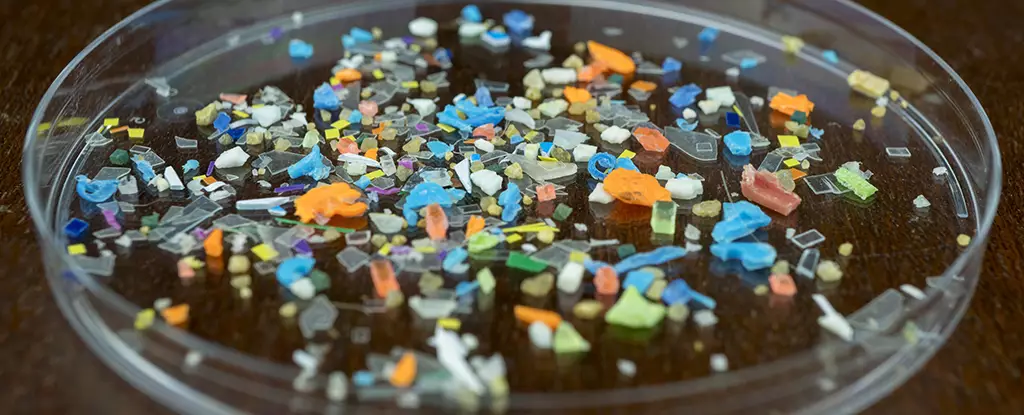Microplastics are becoming increasingly pervasive in our environment, infiltrating not just ecosystems but the very fabric of our own biology. Often overlooked, these tiny plastic particles are found in food, water, and even the air we breathe. As awareness of microplastics grows, so does the urgency to understand their health implications. Recent research from Taiwan illuminates the staggering consequences they may have on our gastrointestinal health. The findings suggest that the ingestion of polystyrene nanoplastics triggers significant alterations in gut integrity, indicating an urgent need for public discourse on environmental health risks.
A Deep Dive into the Research
Conducted by a team from National Cheng Kung University, the study investigated the impact of polystyrene nanoplastics on mice over a period of 12 weeks. What sets this research apart is its focus on the smallest form of microplastics, nanoplastics, which measure just 100 nanometers. To put that into perspective, that’s thousands of times smaller than a human hair. This scale is significant because it allows these particles to interact with biological systems on a cellular level, where they may influence gene expression and microbial communities in detrimental ways.
The mice in the study displayed reduced levels of crucial proteins that maintain gut barrier integrity, while harmful bacterial populations began to thrive at the expense of beneficial species like Lactobacillus. Most alarmingly, a specific type of bacteria, Lachnospiraceae, began to consume the nanoplastics themselves, altering their microbiome and disrupting the organism’s normal gut function. Through meticulous analysis, researchers uncovered a disturbing pattern: the complex communication between gut microbes was fundamentally disrupted, potentially leading to heightened health risks over time.
Understanding the Broader Implications
The study raises crucial questions about the implications for human health. Although mice serve as excellent models for biomedical research, significant differences exist between murine and human biology. Moreover, the quantity of nanoplastics administered in the study far exceeds typical human exposure, throwing into question how directly applicable these findings are to human health. Nevertheless, the molecular disturbances observed suggest a worrying pathway through which microplastics could impact gut health.
As our understanding evolves, we must grapple with the uncertainty that currently clouds microplastic research. Immunologists and researchers caution that we are still in the early stages of grasping the long-term health consequences of nanoplastics. Importantly, these researchers echo the need for more refined detection methods and methodologies to assess human exposure comprehensively. The health of our microbiota, thought to be integral to overall well-being, may hinge upon addressing this plastic pollution.
The Call for Action
This emerging research compels us to re-evaluate our relationship with plastics, particularly in light of their susceptibility to degradation into micro and nanoplastics. We are faced with a critical juncture where consumer choices, industry regulations, and scientific inquiry must converge. While immediate changes like reducing plastic usage may seem like small acts, they can provoke significant shifts in public health dynamics.
The findings from this study underscore an urgent need to integrate these environmental concerns into public health discussions, urging policymakers to recognize microplastics as a significant threat. Educational initiatives that inform the public on the risks associated with microplastics could cultivate a broader understanding of how our consumption patterns affect our health. Furthermore, robust research efforts and collaborations between scientists, governments, and organizations are vital to establish clear guidelines aimed at mitigating this pressing issue.
While the study highlights a potential crisis within our gut health stemming from microplastic consumption, it also opens the door to further research and a more profound comprehension of how these pollutants invade our bodies. The time to pivot towards healthier practices, both environmentally and physiologically, is now. Our health—for ourselves and future generations—may very well depend on how we confront this looming challenge of microplastics.


Leave a Reply